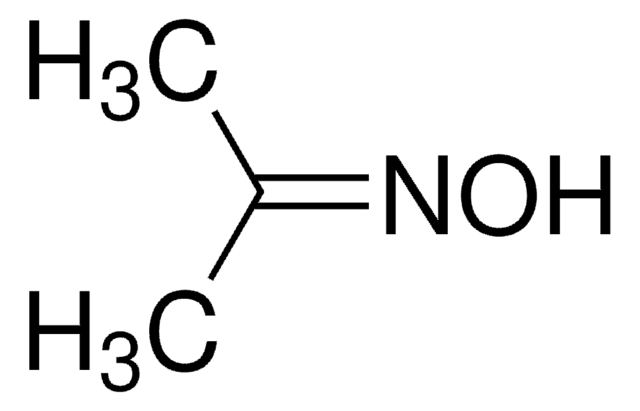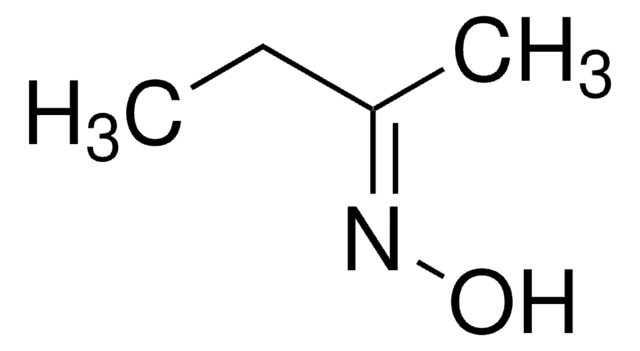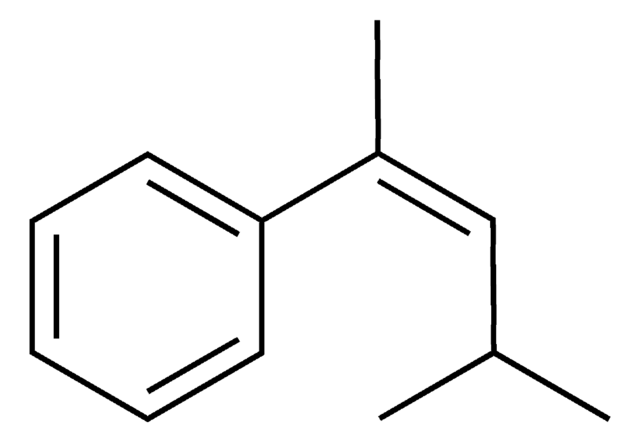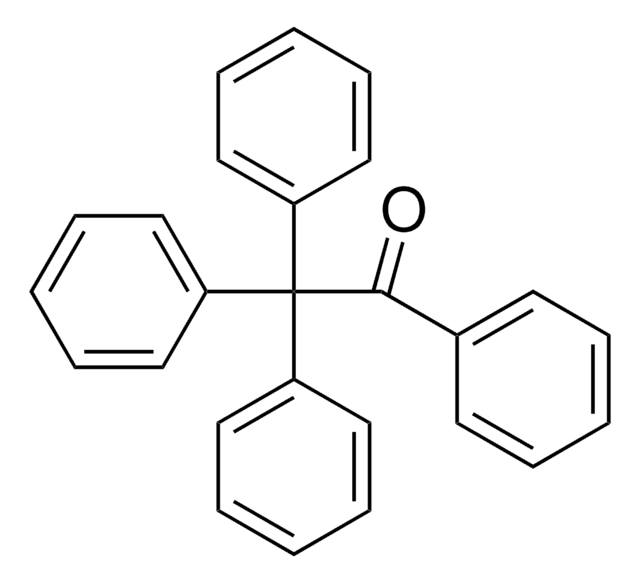V900596
Acetone oxime
Vetec™, reagent grade, 98%
About This Item
Produits recommandés
Qualité
reagent grade
Gamme de produits
Vetec™
Essai
98%
pb
135 °C (lit.)
Pf
60-63 °C (lit.)
Densité
0.901 g/mL at 25 °C (lit.)
Chaîne SMILES
C\C(C)=N/O
InChI
1S/C3H7NO/c1-3(2)4-5/h5H,1-2H3
Clé InChI
PXAJQJMDEXJWFB-UHFFFAOYSA-N
Vous recherchez des produits similaires ? Visite Guide de comparaison des produits
Informations légales
Mention d'avertissement
Danger
Mentions de danger
Conseils de prudence
Classification des risques
Acute Tox. 4 Dermal - Carc. 2 - Eye Dam. 1 - Flam. Sol. 2 - Skin Sens. 1B
Code de la classe de stockage
4.1B - Flammable solid hazardous materials
Classe de danger pour l'eau (WGK)
WGK 3
Point d'éclair (°F)
Not applicable
Point d'éclair (°C)
Not applicable
Faites votre choix parmi les versions les plus récentes :
Certificats d'analyse (COA)
Vous ne trouvez pas la bonne version ?
Si vous avez besoin d'une version particulière, vous pouvez rechercher un certificat spécifique par le numéro de lot.
Déjà en possession de ce produit ?
Retrouvez la documentation relative aux produits que vous avez récemment achetés dans la Bibliothèque de documents.
Notre équipe de scientifiques dispose d'une expérience dans tous les secteurs de la recherche, notamment en sciences de la vie, science des matériaux, synthèse chimique, chromatographie, analyse et dans de nombreux autres domaines..
Contacter notre Service technique










